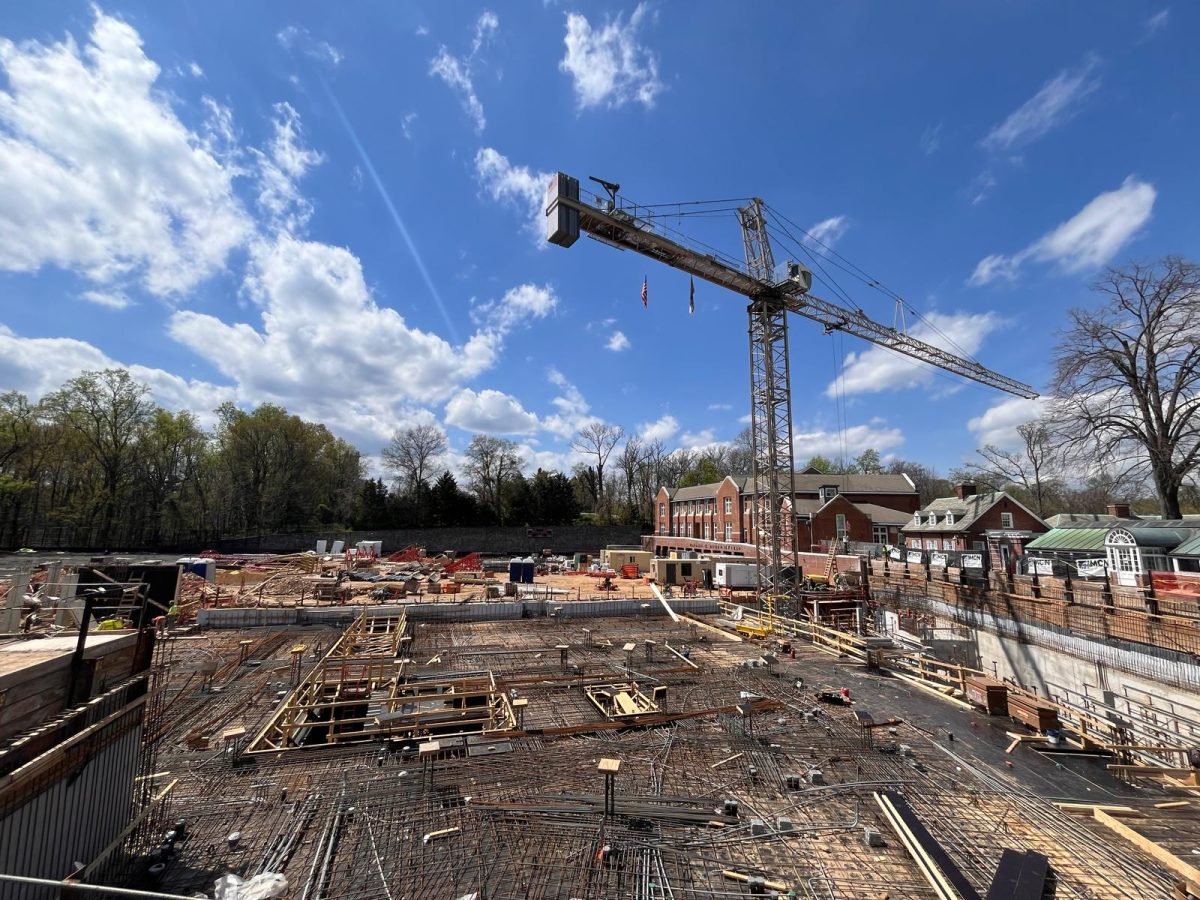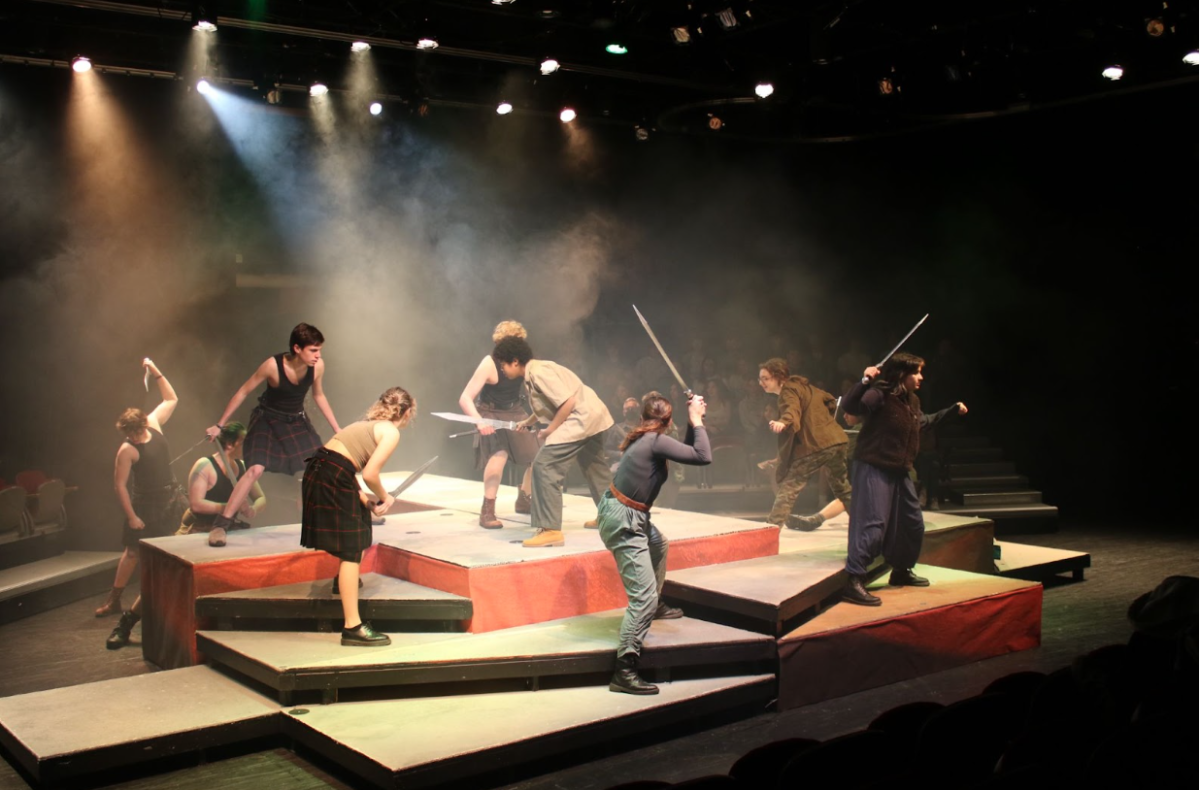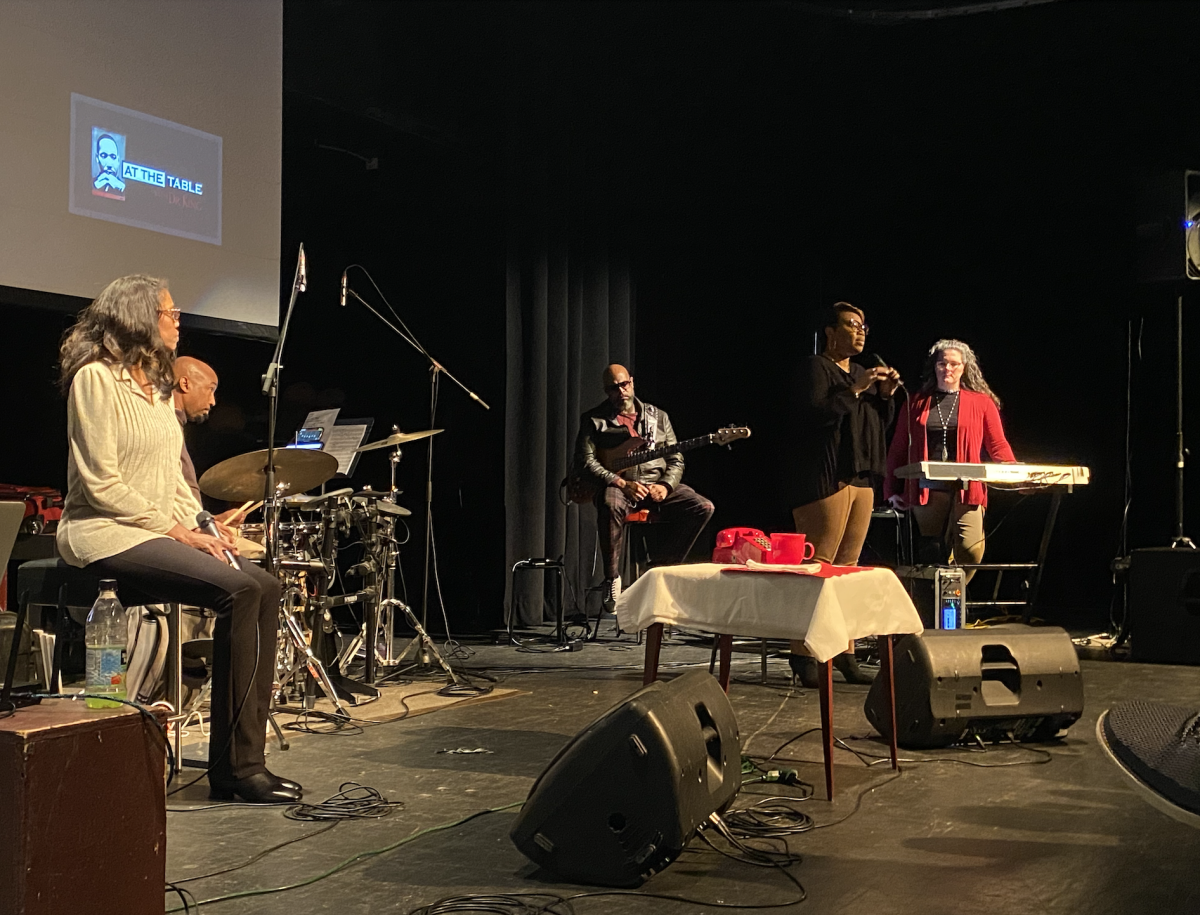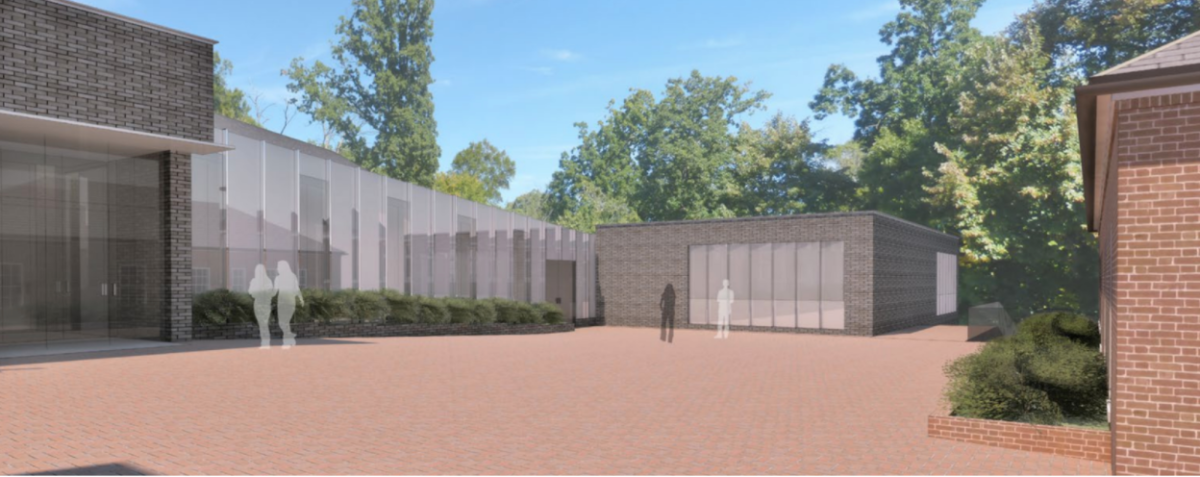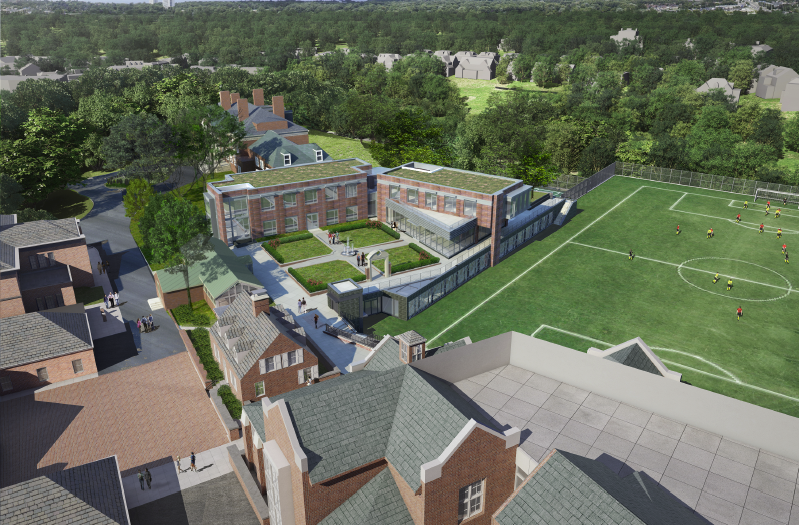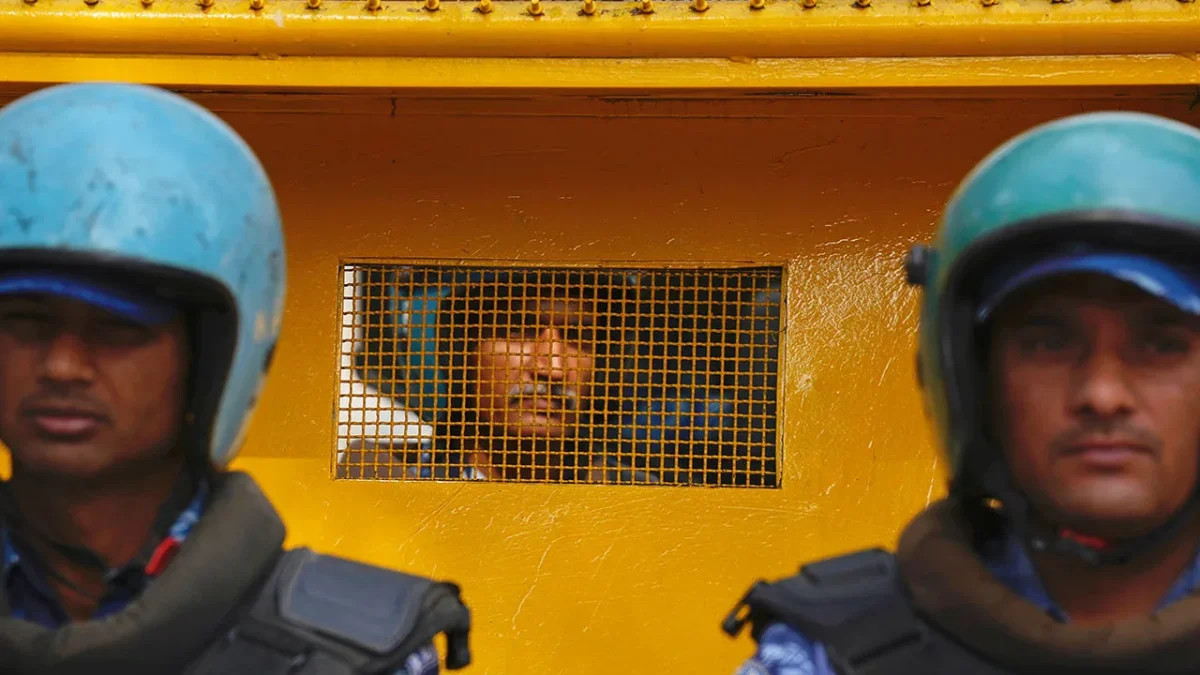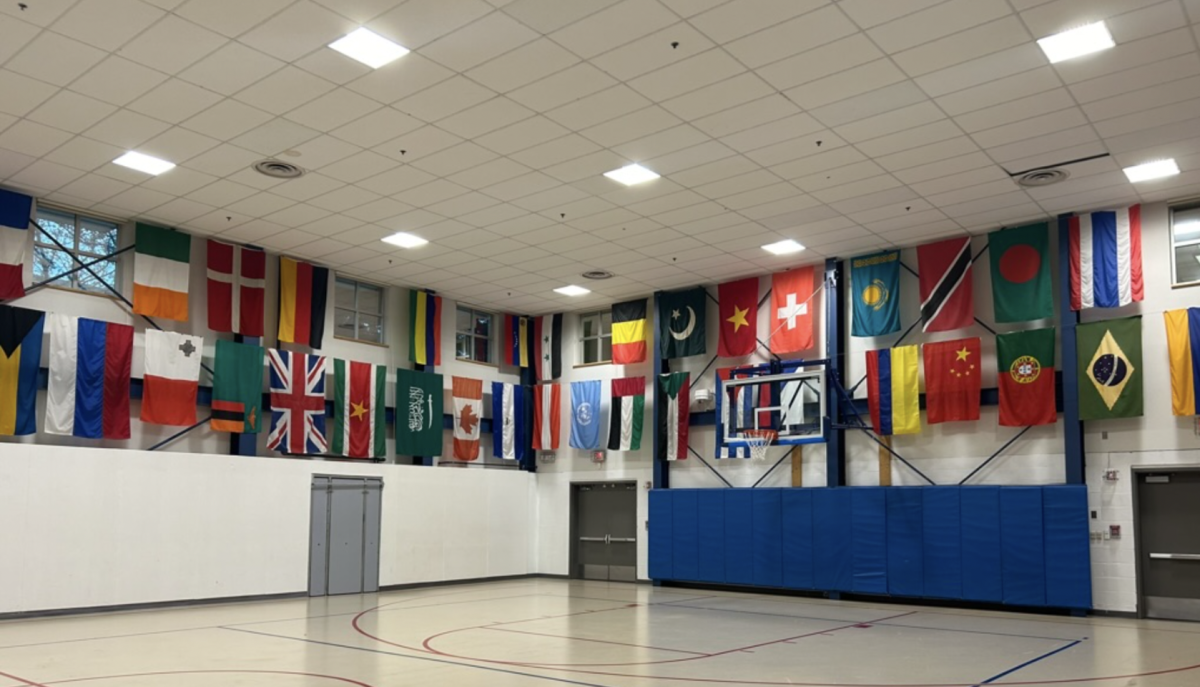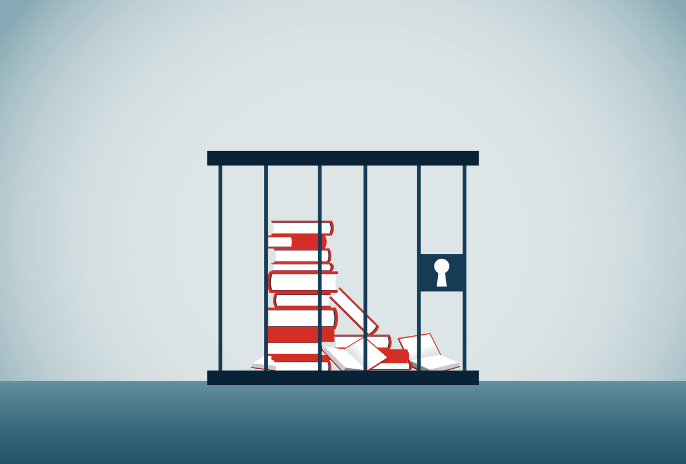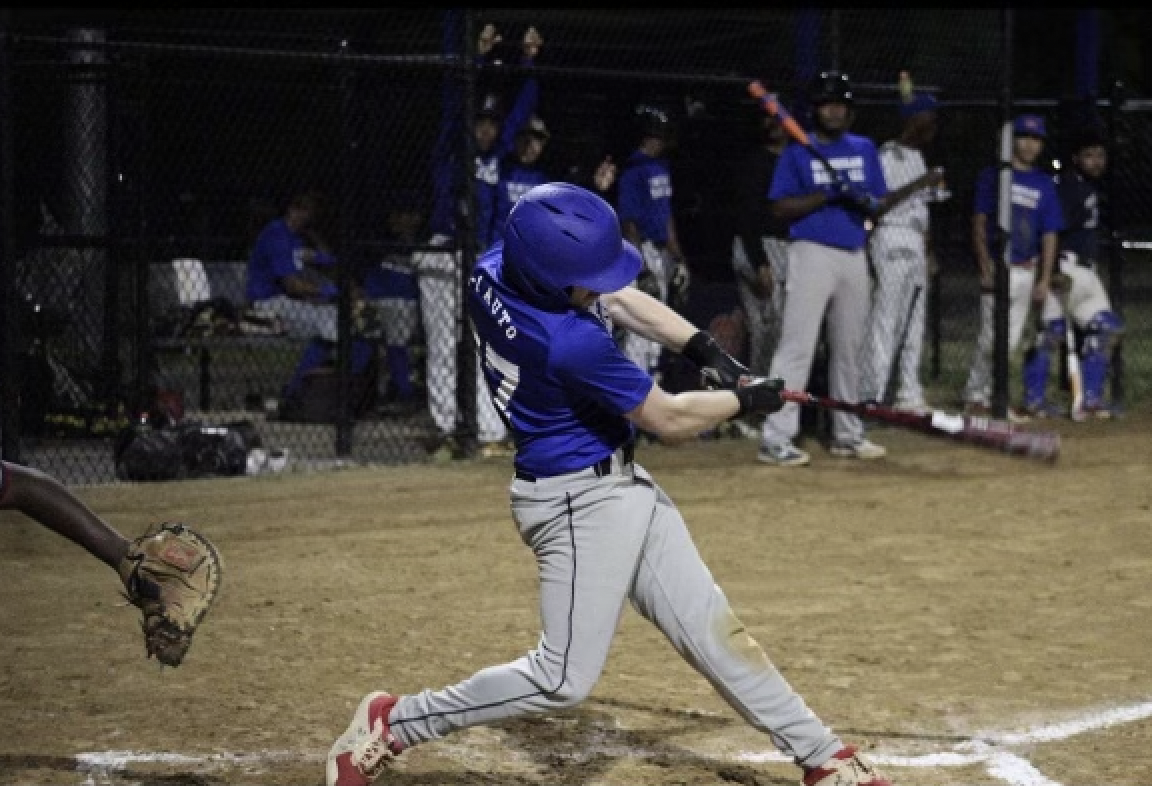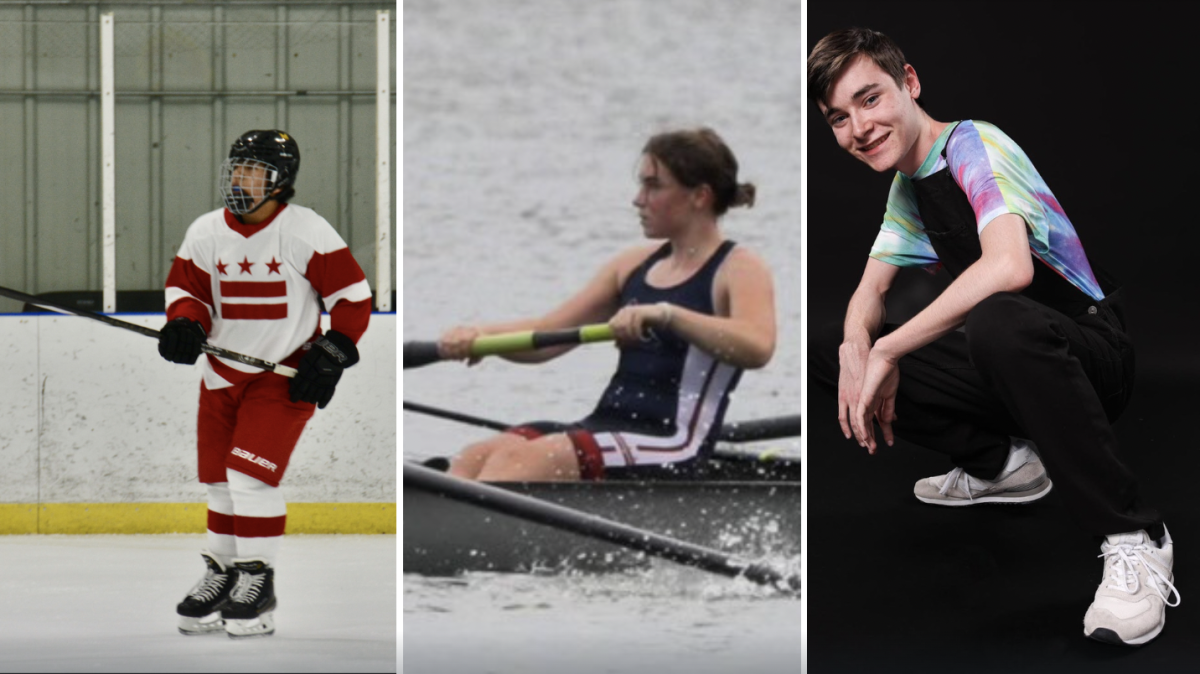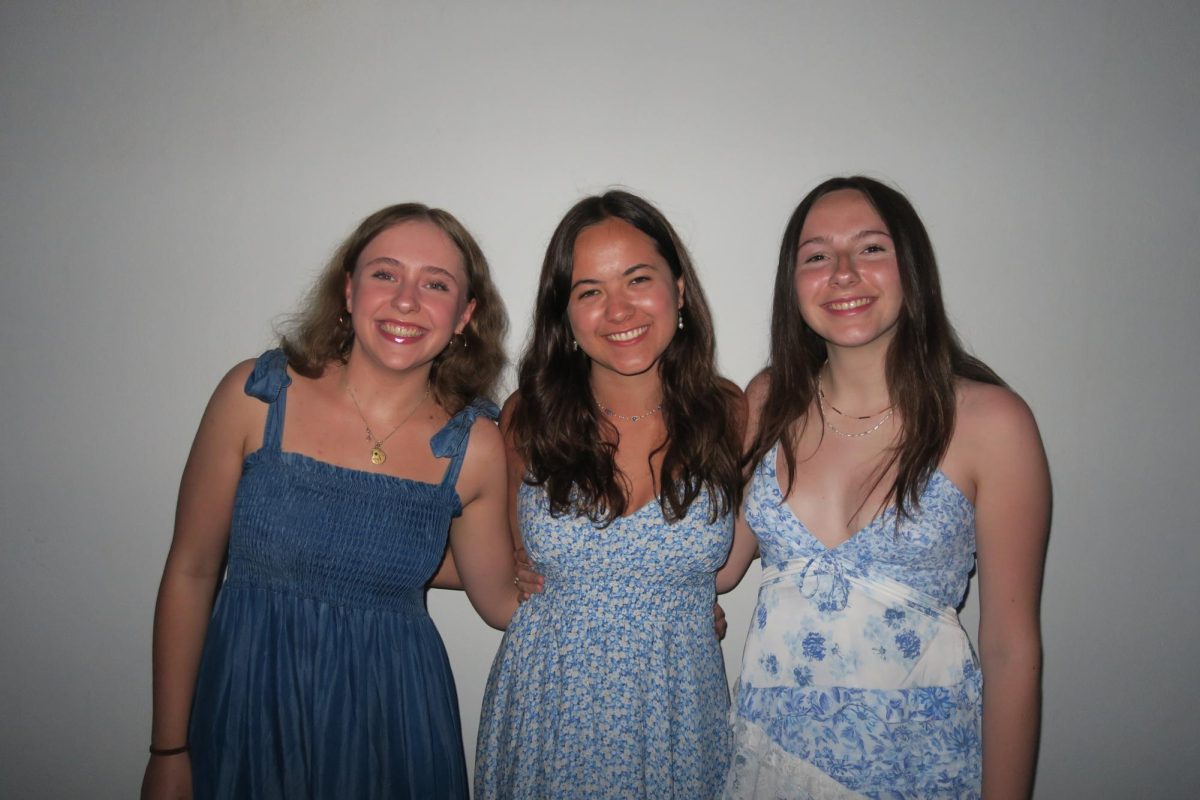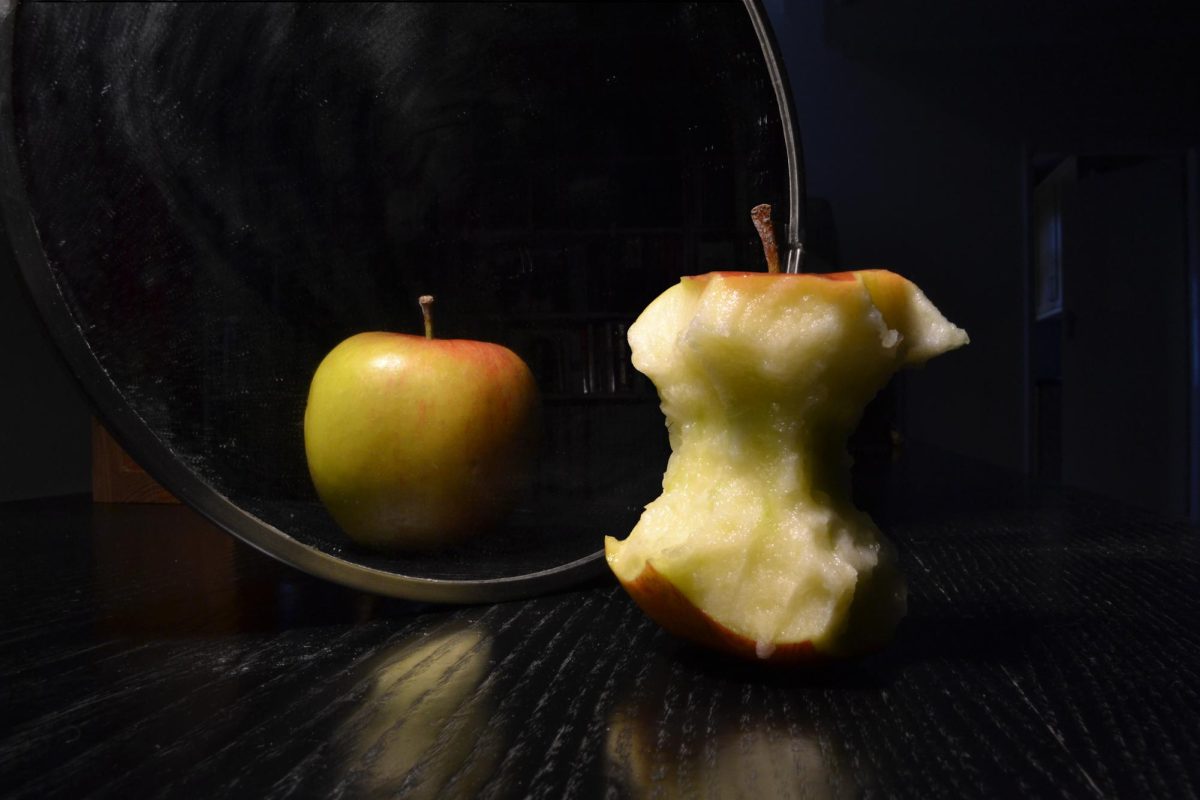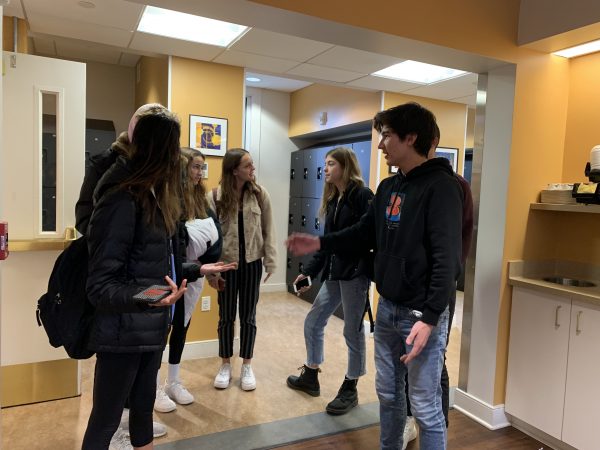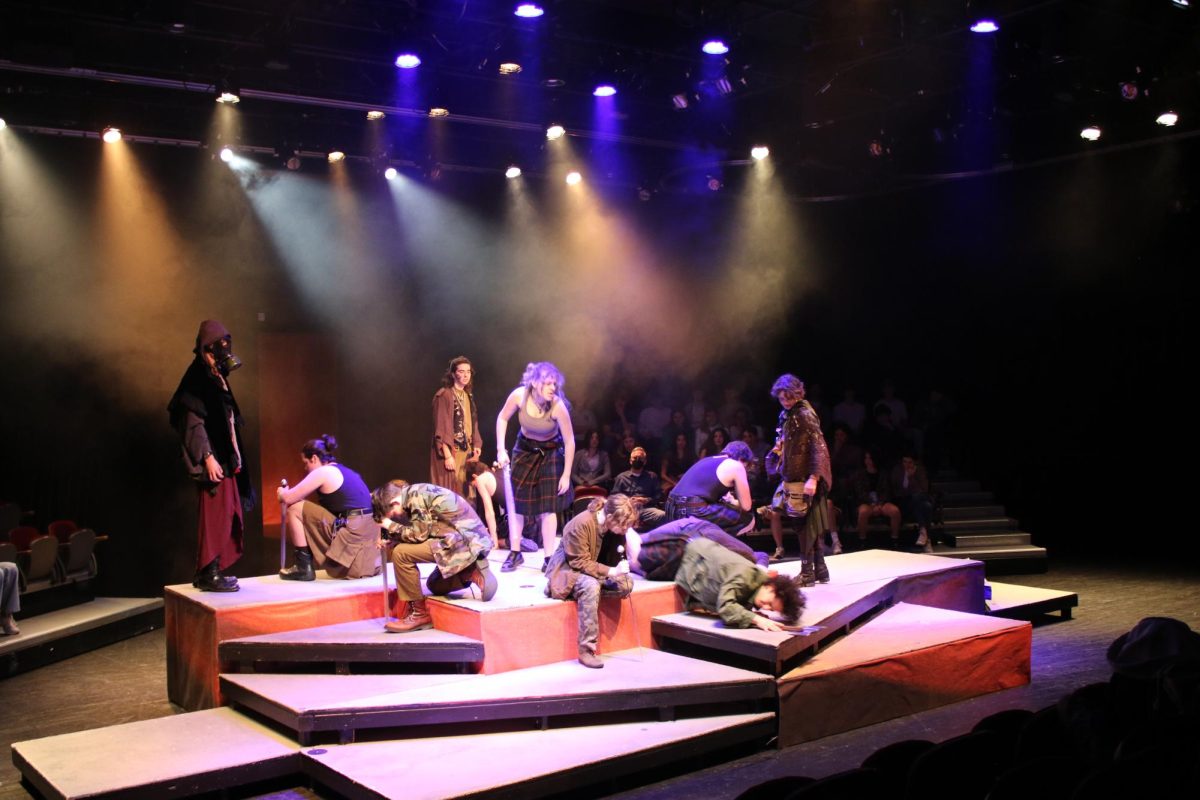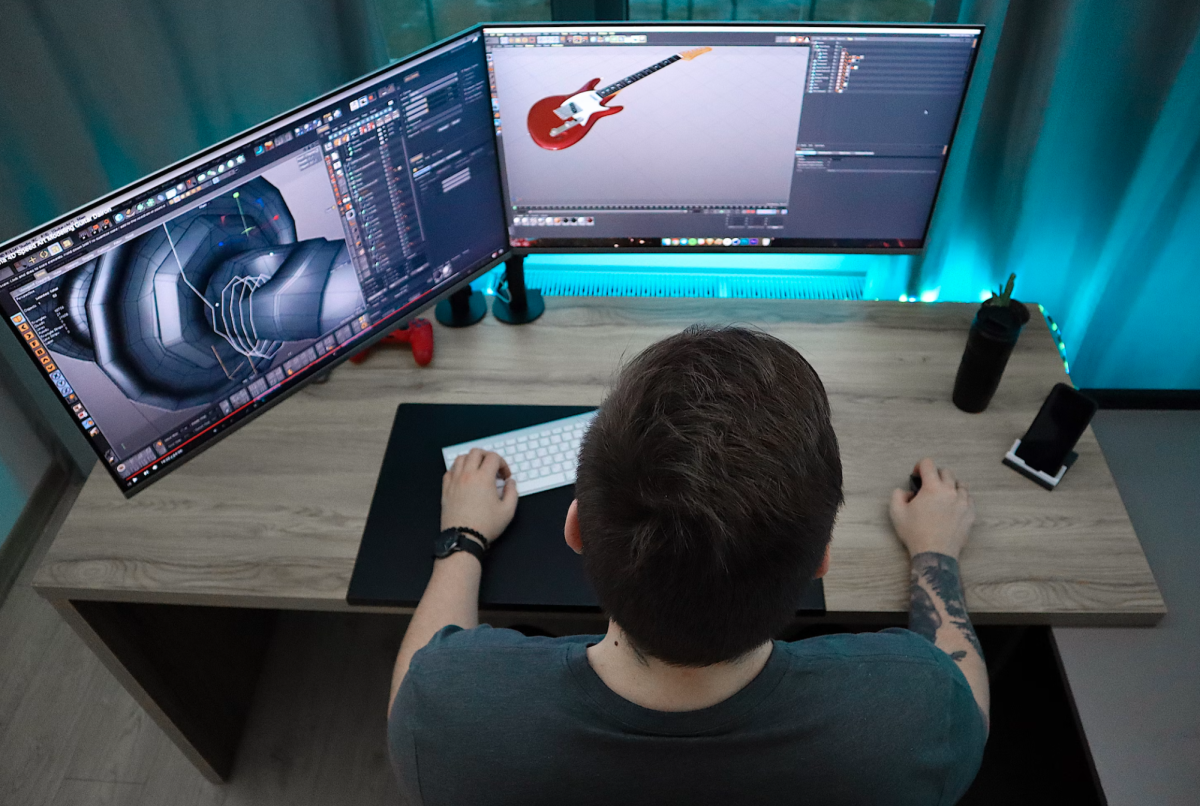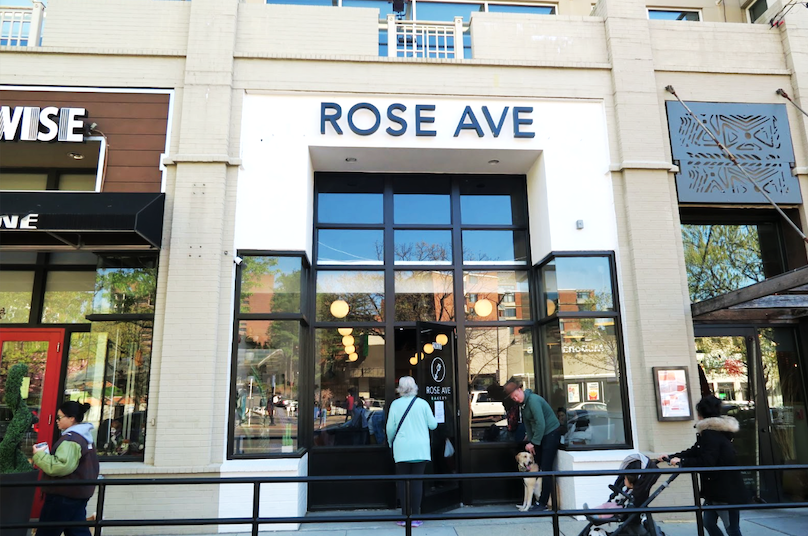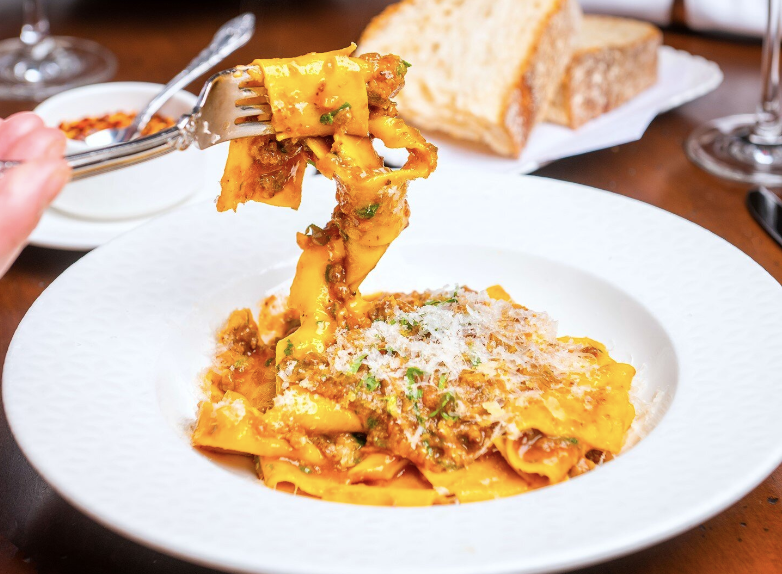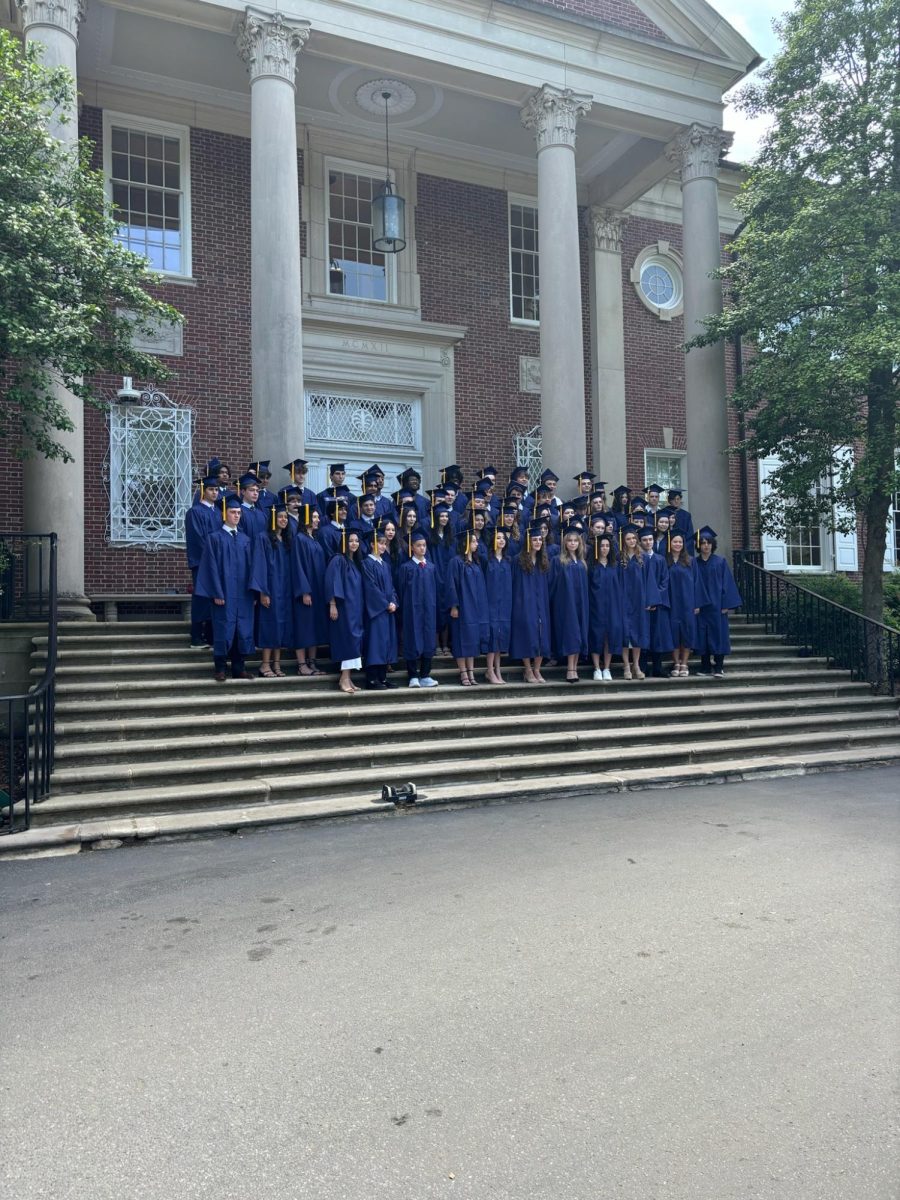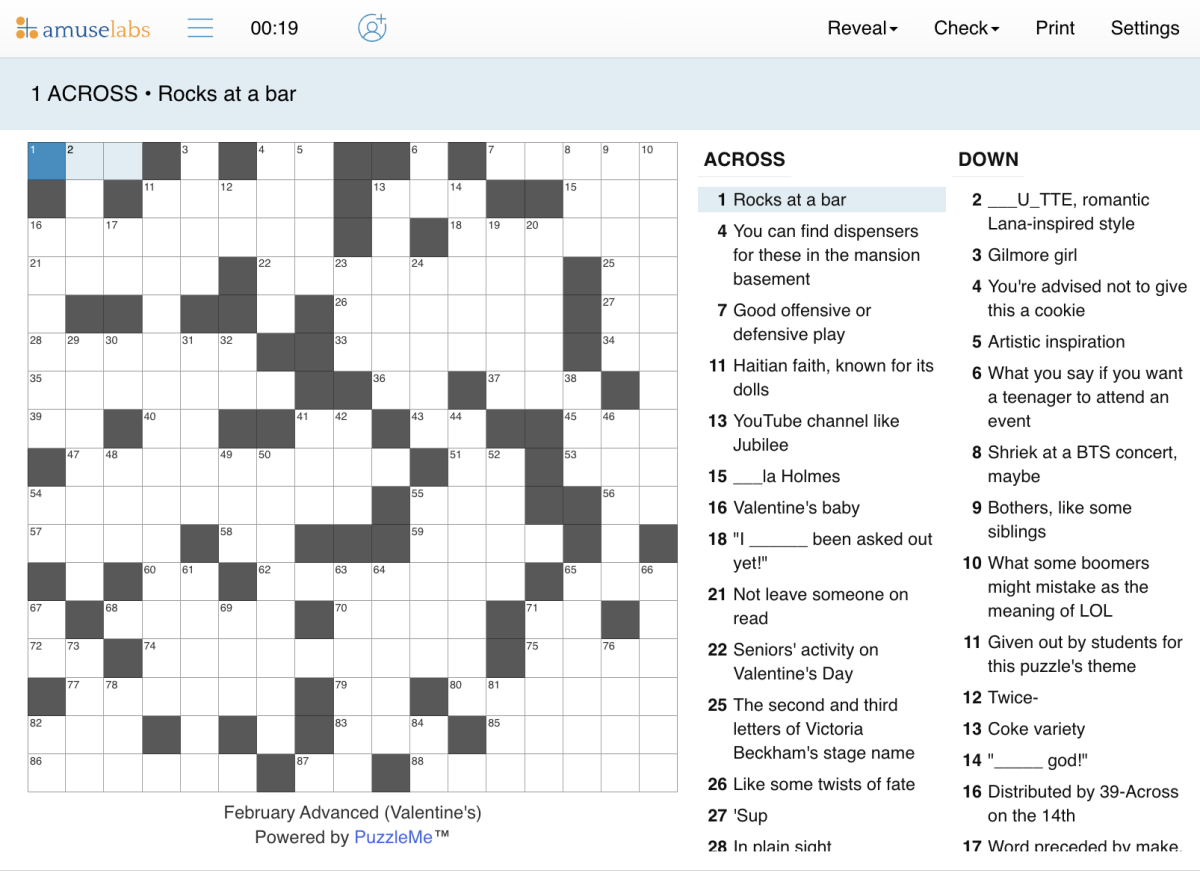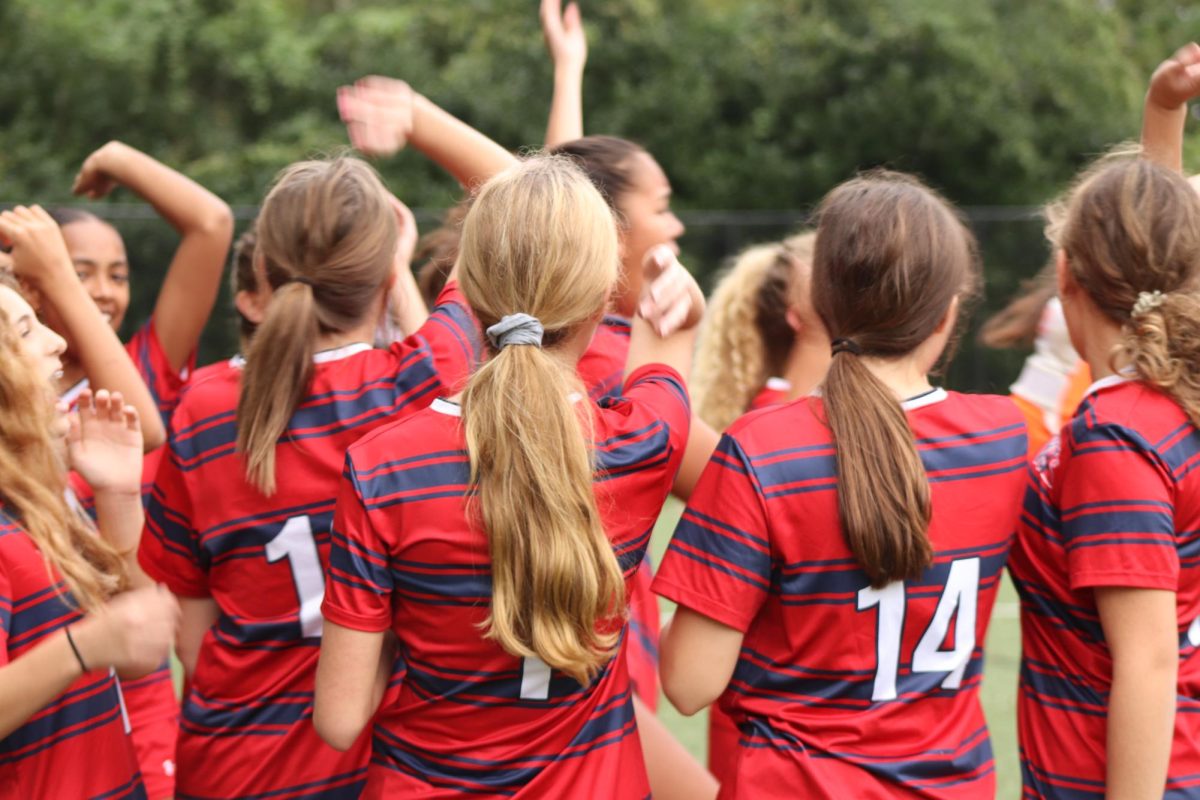Athletes rarely have time for breaks in between the constant training and competitions. However, as the COVID-19 pandemic hit, many sports facilities have been shut down, leaving athletes with the sole option of training at home.
According to gymnast Julia Dell’Ariccia, her gym, Silver Stars, transitioned to virtual training sessions. However, with out the necessary equipment provided in a gym, they had to adapt accordingly.
“[Training] was all strength and endurance-based,” Dell’Ariccia said. “We would train muscle groups that would help us when we do [gymnastic] skills.”
However, challenges extended past limited equipment accessible to athletes at home. Although rower Isa Carre-Diaz had the necessary equipment to continue training from home, she faced mental hurdles throughout quarantine.
“It was a lot harder to be motivated on your own because you didn’t have anyone else to work out with you,” Carre-Diaz explained.
Although some athletes have been presented with these mental barriers, others have made a smoother transition from training in a facility to training at home,
including ballerina Carolina Payeras.
When quarantine started, her ballet studio held zoom practices. She had a portable bar to grip onto and got a small piece of special flooring called Marley to mimic the studio.
“You would set up your phone or computer somewhere so that the teacher could see you doing your exercises,” Payeras said.
This isn’t to say that practice at home was the same as practicing in a studio. Even with equipment, she still faced difficulties.
“It was harder for [the instructors] to give corrections [to our technique] because corrections are better done in person,” Payeras said. “Let’s say you want to fix something that your leg is doing, [the instructors] would grab your leg and move it around.”
Technique is also a concern for water polo player Liam Byrne.
“My mechanics rusted because I hadn’t really practiced them super intensely,” Byrne said. Without his coaches or teammates, Byrne worked with his brother to keep fit.
“We’re very fortunate because some of my family members have pools, so we’ve been able to get in and do some training there, or weight lift at home to try to stay in the best shape possible for when we were able to return,” Byrne said.
With restrictions easing, Byrne has started to practice again with a new team. However, while some athletes still remain on a modified practice schedule, Byrne’s practices have become similar to before quarantine.
“It’s kind of interesting with water polo. It’s not a very common sport. And it’s a pretty physical sport so there’s a lot of contact between players, everyone’s close together and up in their faces, but it’s one of the sports that the National Institute of Health has said is on the safer side because playing in a chlorinated pool helps prevent the spread of the virus.” Byrne said. “I think it definitely is safe.”
Byrne is not alone. With the return of practice, soccer player Joost Almekinders has also achieved a sense of normalcy.

“So at the beginning, we have to wait in the car instead of going immediately to the field,” Almekinders said. “But once practice starts, it’s just like a normal practice.”
Byrne and Almekinders felt that the situation of their sports made it safer to start practicing. With both of them playing outdoors, as well as other precautions such as temperature checks, they are starting to train properly for future competitions.
Some athletes are still far from normal. While Dell’Ariccia’s gym has reopened, she has so far opted not to go there to practice.
At first, her gym placed restrictions on the number of people allowed to practice at once. However, after a while, her gym started allowing everyone to return.
“It’s not soccer where everyone can be outside. It’s inside a gym. [There are] no masks and very little potential to distance,” Dell’Ariccia said.
In her opinion, going back to the gym was an unnecessary risk.
“I might go [back if there are better restrictions] because you can stay 20 feet away from people,” Dell’Ariccia said. “You wear your mask all the time, and it’s ten people, instead of the fifty that are swarming the gym.”
Although the option is there to go, it is good to take a step back and consider the best options. In the end, the most important thing is an athlete’s safety.
By Philip He and Jonathan Baunsgaard

